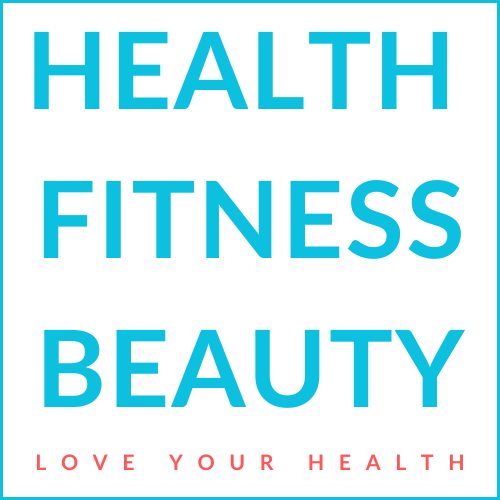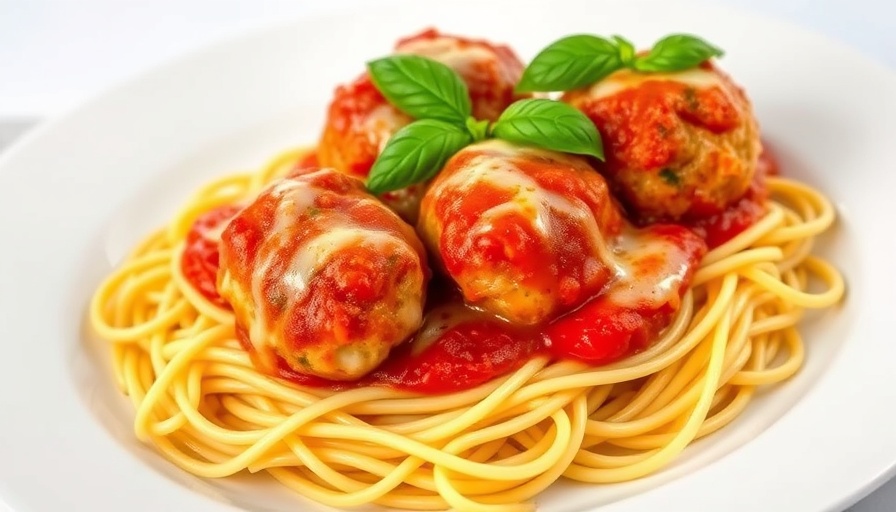
The Sneaky Culprit Behind Fine Lines and Wrinkles After 40
As we age, fine lines and wrinkles become more prominent. While common knowledge attributes these skin changes to factors like increased sun exposure and stress, there is a key ingredient that often goes unnoticed in this equation: collagen. Understanding the role of collagen becomes especially crucial as we reach milestones like menopause, during which its decline dramatically impacts skin elasticity and appearance.
Understanding Collagen and its Decline
Collagen is a vital protein in our body responsible for providing structure to our skin, bones, and muscles. By our mid-20s, our collagen production starts to decrease by about 1% each year. As we enter menopause, this decline accelerates, with studies indicating a shocking 30% loss in the first five years alone, followed by an additional 2% each year thereafter. This steep decline contributes to the visible signs of aging, including sagging skin and the formation of fine lines.
The Importance of Skin Health Maintenance
While it's impossible to completely halt the aging process, we can take steps to maintain our skin's health. Incorporating supplements that support collagen production, like collagen peptides, and rich sources of vitamin C can be effective strategies. Staying hydrated and protecting our skin from excessive sun damage through the use of sunscreen also play essential roles in maintaining skin vitality. It's about creating a holistic approach to self-care that respects the natural aging process while promoting healthier skin.
Empowering Aging Gracefully
It's essential to shift the narrative around fine lines and wrinkles. Rather than seeing them as defects, many are embracing them as part of a beautiful and well-lived life. Encouraging positivity about aging helps remove societal pressures to maintain youthful appearances. Health and beauty should not conform to age but celebrate what's unique to each individual.
As you navigate your 40s and beyond, remember that understanding your body and its changes is key to embracing this next chapter with confidence. Explore skincare products that align with your skin's needs, and don’t hesitate to consult with professionals for personalized advice.
 Add Row
Add Row  Add Element
Add Element 



Write A Comment